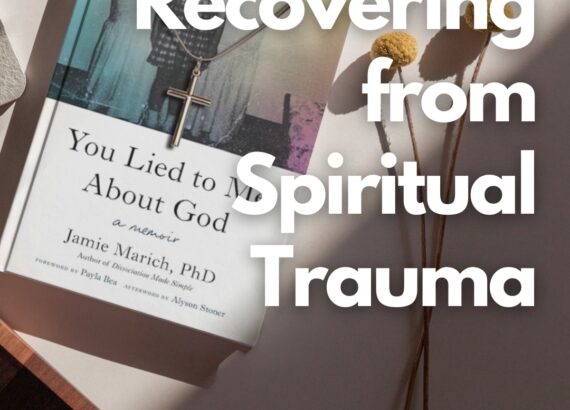Substance Abuse & EMDR (79)

On this bonus episode of Notice That, the hosts discuss substance abuse through an SIP lens.
Complexities of Substance Abuse
- There are many different kinds of substance abuse and addictions
- However, some are socially accepted while others are shamed
- Substance use if often a strategy used to meet needs
- For example, some use alcohol to numb their pain
- Whereas others use it for social engagement and connection
- Sometimes, if a substance/activity is present during an event or situation,
- Those things become entangled and ingrained
- “What fires together wires together”
Addressing the Core Issue
“So much of the time we conceptualize it as well, they’re addicted to that substance. They’re addicted to that thing. When in actuality, we know that the addiction is to the suppression or expression of something that they desire or do not desire” (15:00)
- Importantly, knowing this is helpful for treatment
- So you can address the core issue
- While, some clients or families just want behavioral management
- It’s much deeper work than that
- Sometimes in dangerous situations the substance needs to be cut off
- Remember, however, this can lead to other strategies taking its place
Sense of Safety
- Whether its harm reduction or crisis management,
- It needs to be good enough for safety
- Both physical safety and a sense of safety in the world
- “It’s about doing top-down work with a bottom-up perspective” (28:10)
- This can help things feel less shaming
- Additionally, the client will feel like you are working alongside them
Substance Abuse and EMDR
- Importantly, try to balance symptom reduction and managing the addiction
- As well as going deeper to address the core issues
- Those that grew up with substance abuse in their family
- Are also shaped by the strategies of substance abuse
- Sometimes the core trauma is not what would be expected
- Contrarily, they could seem like positive experiences
- Additionally, there are several protocols to use for substance abuse
- That acknowledge the need for core trauma processing
- When looking for the core trauma,
- Look at when the system first learned that it needed this strategy
- Further, the lifestyle of addiction creates new trauma
- Importantly, try to understand how the addiction makes sense
- And this can reduce shame and encourage safety
Did you know? After full completion of Beyond Healing Institute’s Somatic Integration and Processing training, each participant can receive 21 NBCC hours.
Beyond Healing Center
- Visit our website for all things BHC
- Contact us about retreats and therapy
- Contact us about training and consultation
Beyond Healing Media
- First, listen to our past episodes of NT here
- Then, check out more Beyond Healing podcasts
- Give your support and gain access to exclusive content through Patreon
Interested in supporting a child?
- https://www.patreon.com/BurntOutEducator
- 100% of the proceeds donated to the Burntout Educator will provide therapy for a child in the public school system.
- Not therapy capped at a certain number, but an open-ended relationship with a highly qualified therapist in the BHC network.
Connect with us on social media: Facebook & Instagram
Credits
Executive Directors: Jennifer and Ryan Savage, Melissa Bentinnedi, Bridger Falkenstein
Hosts: Jennifer Savage, Melissa Benintendi, and Bridger Falkenstein
Filmographer: Tyler Wassam
Podcast Producer: Jamie Eggert
Original Music Composers: Bridger Falkenstein and Caleb Boston
Show Notes: Jordan Murray-Harper





